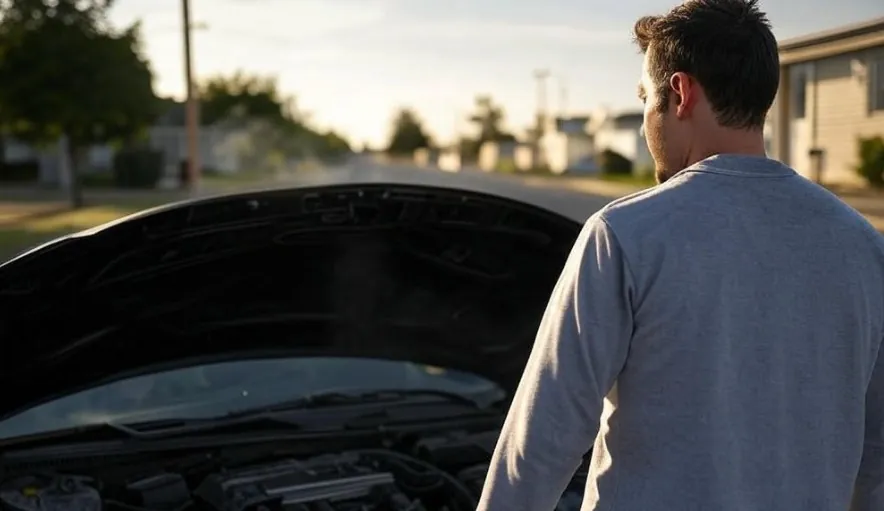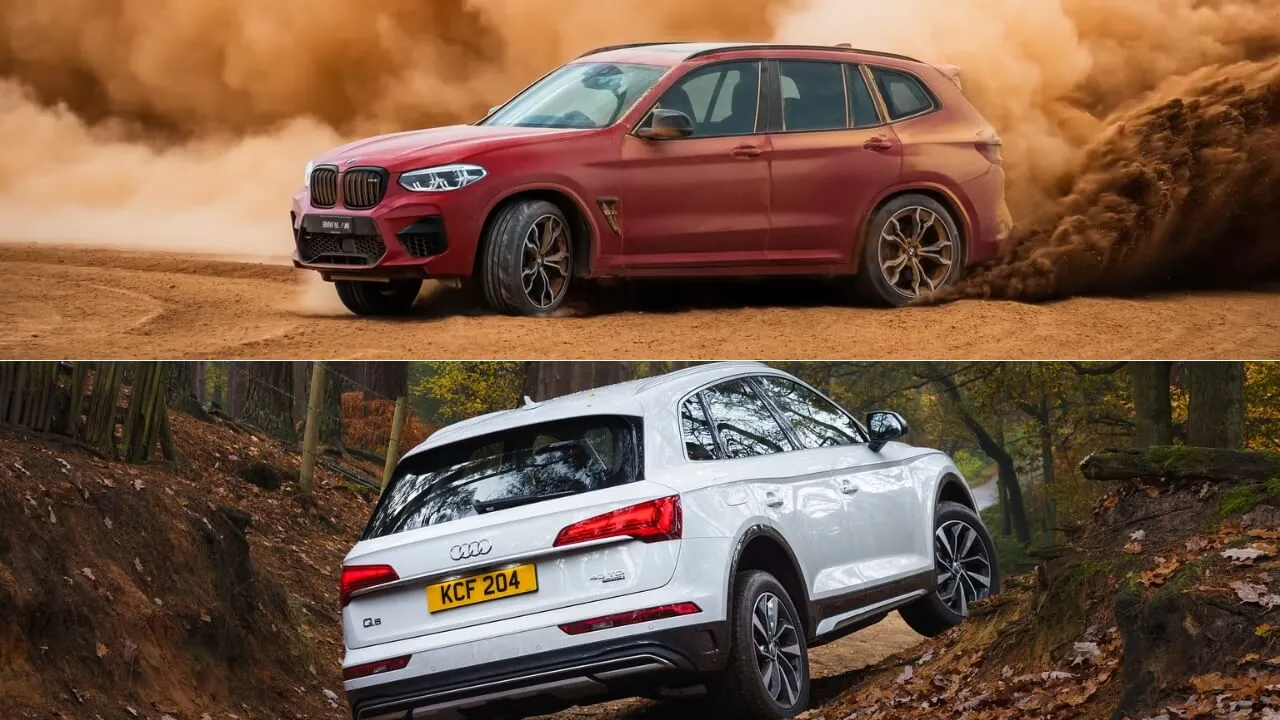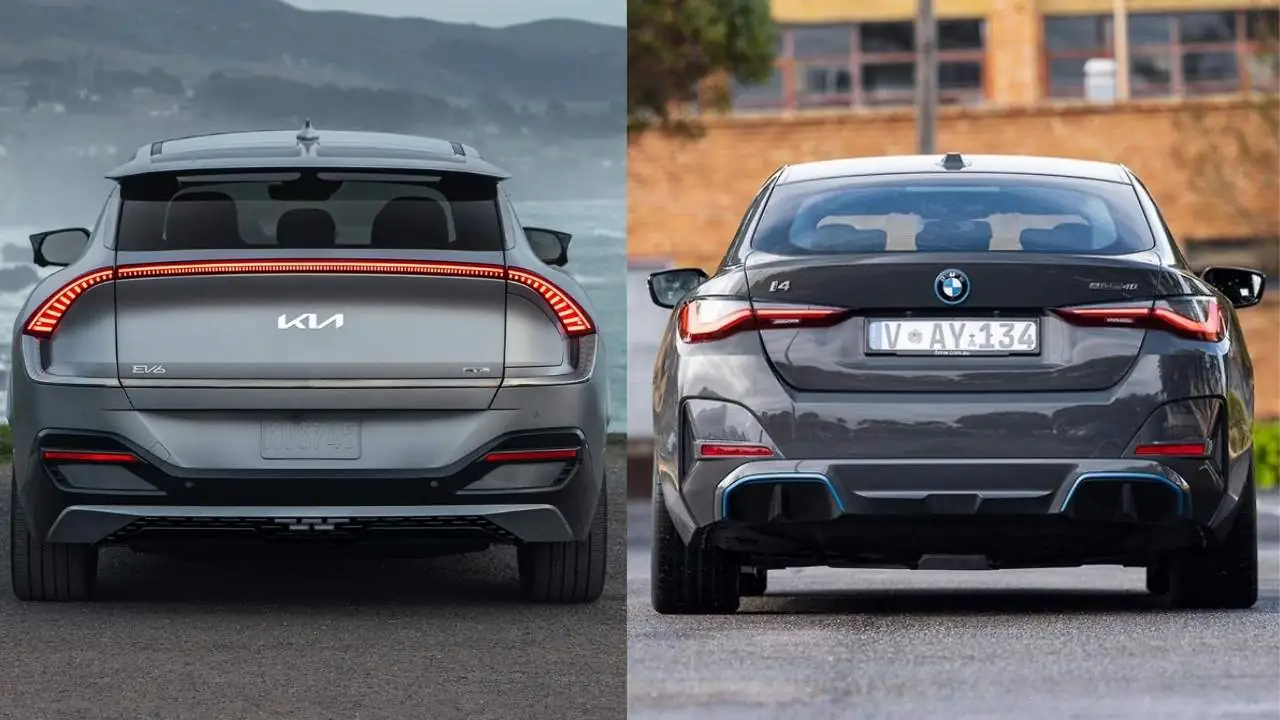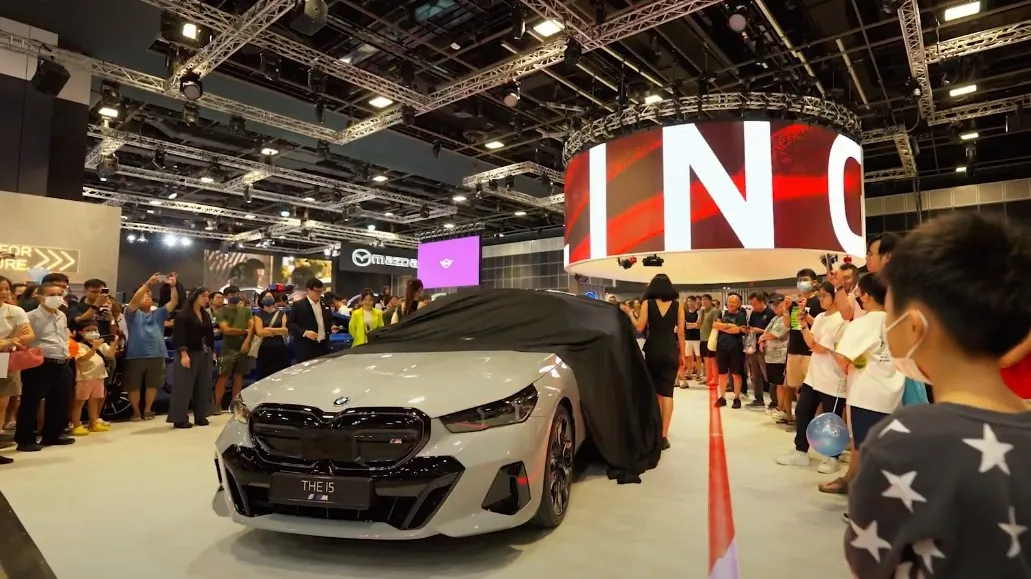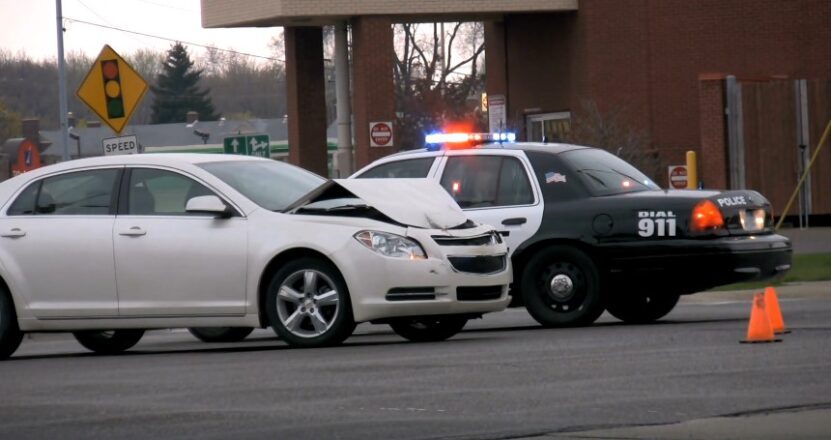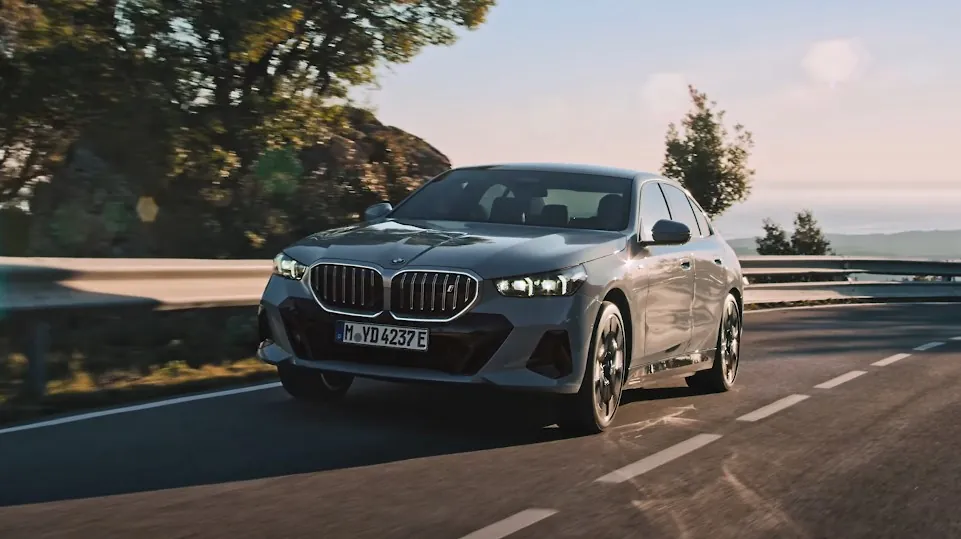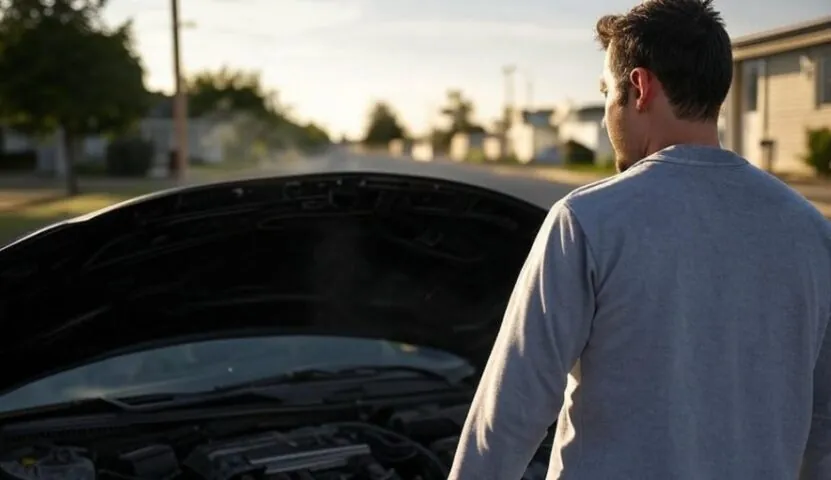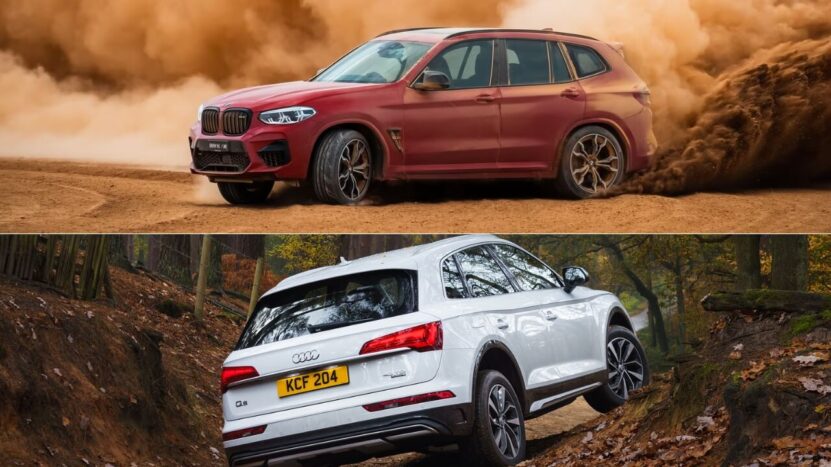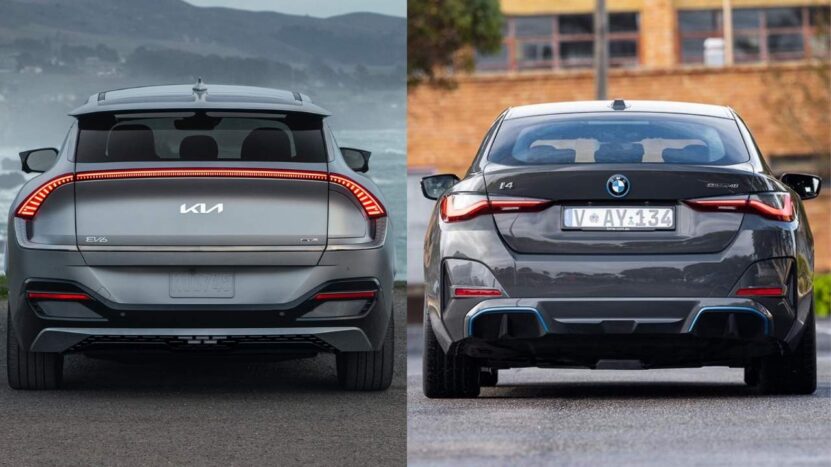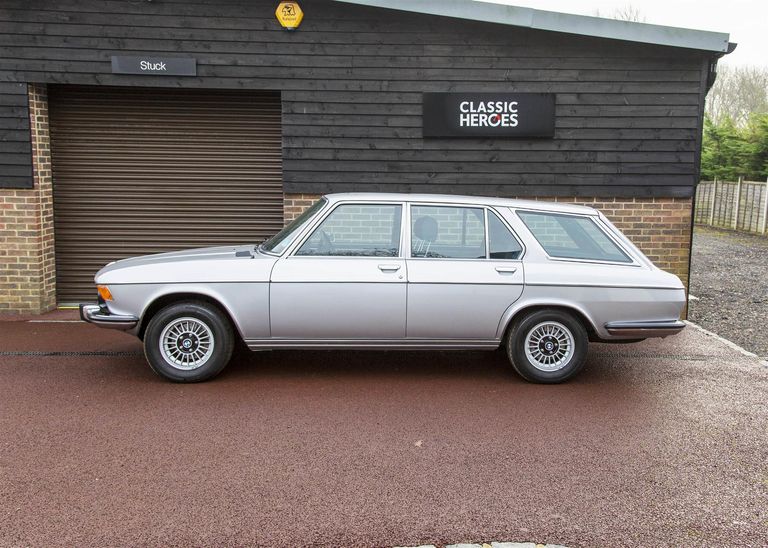
Share Post:
If it’s true that the English prize eccentricity over conformity, then David Maughan’s E3 wagon should be quite the treasure indeed. It’s certainly odd, a 1974 BMW sedan with an Austin Maxi tailgate grafted onto its extended roof.
It isn’t a pretty car, but what it lacks in elegance it makes up for in rarity: Around 10 such “estate cars” are believed to have been built, each done at the request of a private U.K. owner. The cars were commissioned by BMW’s London distributorship to satisfy the British craving for powerful, luxurious station wagons, a market BMW itself wouldn’t address until 1991 when it finally produced a Touring version of its E34 5 Series.
“We have a thing for fast estates,” Maughan says, using the British parlance for what we in the U.S. call a station wagon. “It continues to this day with the M5 Touring, Audi RS4/5 and Mercedes AMG Estates. My theory is that there is a perverse fun to be had driving a quick estate, complete with family, dog, etc. and knowing that you can out-drag and out-run many more ‘sporty’ vehicles. That whole ‘understated power’ thing appeals to us on so many levels.”
His E3 certainly has plenty of power, at least by 1970s standards. Its 2,985cc M30 six-cylinder with Bosch D-Jetronic fuel injection put out a claimed 200 hp and 200 lb-ft of torque from the factory, enough to propel the 3,168-lb. 3.0 Si from zero to 62 mph in just 8.5 seconds. That was fairly brisk in the day, and the car still feels amply powerful when I drive it near Chicago, where it’s been undergoing a full restoration at The Werk Shop in Libertyville, Illinois. These M30 engines are smooth, and their progressive power delivery suits this aristocratic vehicle perfectly.
Its steering is nice if slightly lazy, with good feedback from the front tires, and its brakes are excellent, but this is no sports car, even in the E3 context. Its chassis isn’t particularly rigid, and it exhibits quite a bit of cowl shake over bumps. Converting the sedan into an estate meant losing the rear bulkhead in favor of an open cargo area, and some of the E3’s stiffness and handling balance seems to have been lost as a result. It’s not bad, but you can definitely feel the lack of structural rigidity, along with the weight that was added at the rear when BMW’s U.K. distributor (and Langley Motors of Surbiton, Surrey, which handled customer orders) enlisted Crayford Engineering of Westerham, Kent to alter the bodywork of its flagship sedan.
Table of Contents
TogglePaying the Price for Cutting Costs
“It’s speculation, but Crayford most likely underbid to get the job,” says The Werk Shop’s David Masi, who supervised the restoration. “Their original sheet metal work in the rear greenhouse, especially at the roof, was average by the standard of the time in England, which means pretty poor.”
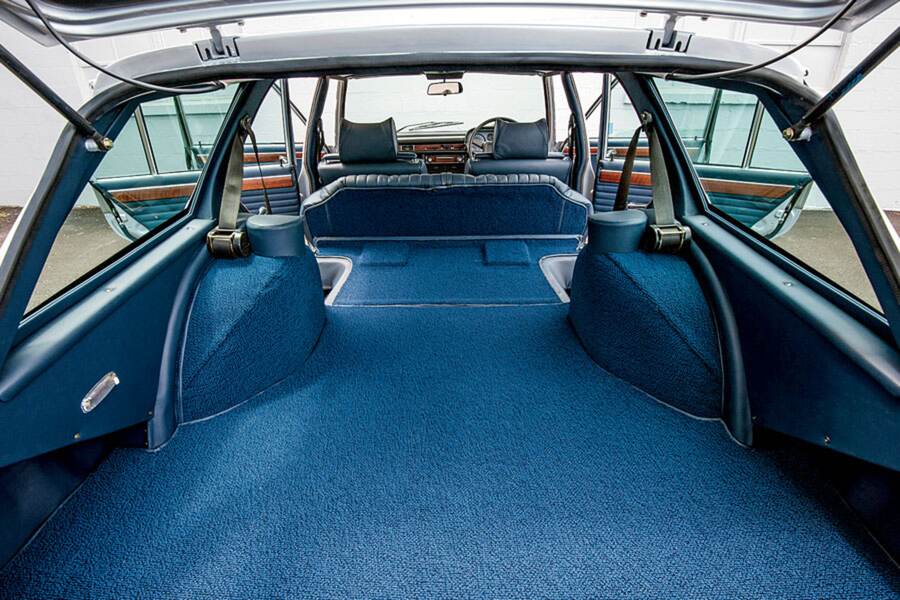
To change the E3 from a sedan to an estate meant converting a car with a trunk into one with an extended roof and a top-hinged tailgate. The latter was sourced from the aforementioned Austin Maxi five-door hatch and extended with seven inches of E3 trunk lid.
“The Maxi tailgate became the end of the conversation, and it dictated the slope of the roof and the shape of the greenhouse,” Masi says.
The design seems less than ideal, declining as it moves rearward. “Kind of like 1970s Britain!” Masi quips.
The Crayford method does indeed seem the product of a crude industry, more like something that would have been done in the 1950s than the mid-’70s. The hand-made hinges in cast aluminum are ”very roughly filed, with not a straight line on them,” Masi says.
“Another cost-cutting idea was to make the rear side glass flat instead of curved,” he explains. “But the opening the flat glass is supposed to fit into isn’t flat, as we discovered when working with a glazier to fit them.”
The interior elements of the Crayford conversion reveal further shortcuts.
“Basically, except for the metal structure, most of the interior trimming was completely unworkable,” Masi says. “They cut the rear bulkhead out of the sedan to hollow out the back of the car, losing a bit of structure. And because there’s no bulkhead, the rear seat back becomes the bulkhead.”
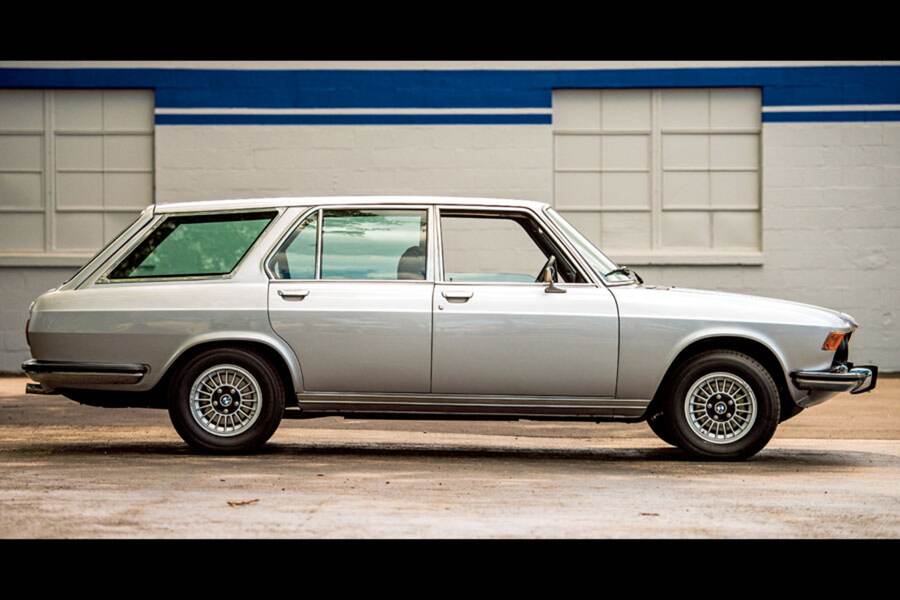
Crayford had made its rear seat back out of plywood, which The Werk Shop did, as well. This time, though, the part was cut with much tighter tolerances.
“You could stick your hand between the seat and the wheel arch!” Masi says of the original. “Our trimmer cut new seat boards and made the clearances much tighter to make it look more finished.”
The new rear seats look like they could have been made by BMW, but they’re actually quite different to the originals, having been designed to fold flat rather than remain in place. It’s kind of ingenious, too, the way they did it: Where the seat base on a current Touring would remain in place as the seat backs fold foward onto it, the Crayford seat base is hinged at the front to fold upward as the seat back folds down. This means a little less horizontal but more vertical space up front, plus a genuinely flat cargo floor, something that few of today’s Tourings can manage.
The dark blue upholstery throughout the interior is gorgeous, providing a tasteful contrast to the Polaris silver exterior. That sense of restraint is a good match for the E3’s austere dashboard, trimmed delicately in wood and with a minimum of controls. Those that are present are largely unmarked, and it’s easy to mistake the cigarette lighter for the vent controls until you learn which is which by trial and error.
As a British-market BMW, this car is right-hand drive, making it awkward to drive in Libertyville traffic. There’s a giant blind spot to the driver’s left, and no side mirror is present to help out with lane changes. Right-hand drive also places the shift lever in the driver’s left hand, which takes a bit of adjustment for those of us who normally shift gears with the right.
An Early Love for E3s
That won’t bother the car’s owner, who lives in England where such an arrangement is normal. Maughan has owned an E3 since 1993, when he bought a 3.0 Si, but his fascination with the model goes back much further.
“My love of E3s goes back to the early 1970s, when a wealthy friend of the family rolled up in one. Being an impressionable, petrol-headed teenager, it blew me away. We were all driving British Leyland’s finest at that time, and the big BMWs were technically on another planet,” he says.
He became aware of the Crayford estate conversions when he found a brochure for one at a swap meet. “Shortly thereafter, I saw an advert for a ‘barn find,’ and it sort of took off from there,” Maughan says.
“When I bought the first car to restore, it was a basket case,” he says. “Had I known what I was doing, I should have walked away. It was well past restoring. It did, however, provide a few useful parts and the opportunity to study how the conversion was done. It subsequently turned out to have been purchased new by King Constantine of Greece.”
Maughan bought two more E3 estates, both carbureted, before finding the D-Jetronic car you see here. All three were scrapped or used for parts, including the King Constantine car.
The car restored by The Werk Shop was “almost drivable” when he saw it advertised, though it had been off the road for several years. He jumped on it anyway, worried that another opportunity might not present itself.
“By that time, I was beginning to wonder whether I would ever find a car that was restorable, so I took a chance. I’d also heard that someone in Germany was also looking for a project car, and I thought that this might be the last one to survive.”
Describing its condition when he purchased it, Maughan says, “Bodily it was pretty poor, but mechanically it seemed salvageable. With some gentle coaxing, it could be started and run, which is always a good sign. The floor was solid but the sills were gone, as were the spare wheel well and inner front fenders. The ‘A’ pillars were sound, as was the tailgate, which was important.”
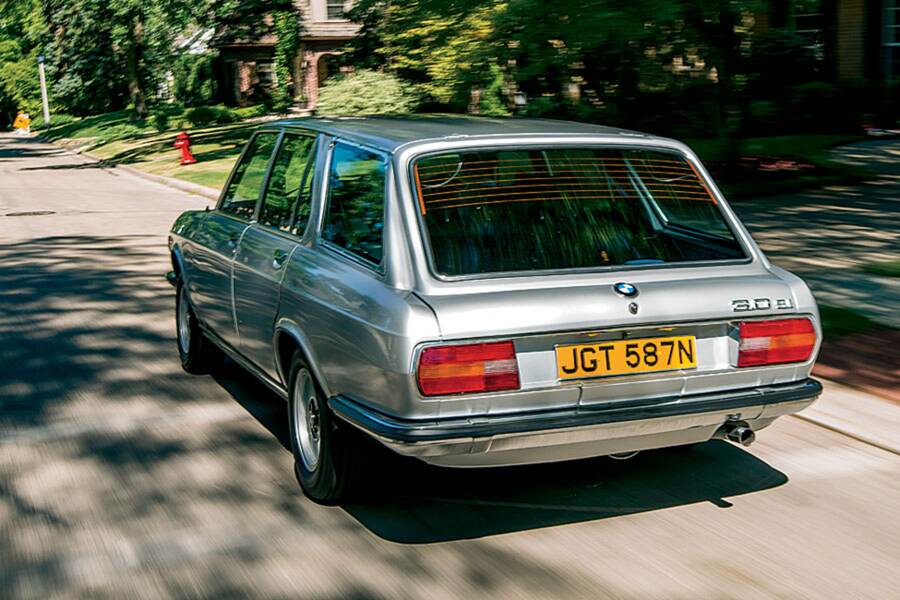
Maughan sent the estate to Ireland for restoration, where it spent four years undergoing replacement of its rusted metalwork and repainting. Its M30 engine was replaced with a factory remanufactured long block, and then the situation deteriorated. Maughan found the quality of the shop’s work sub-par, and the ensuing legal battle kept the car in limbo for more than a year before Maughan was able to recover it. Having read about The Werk Shop in Bimmer, he decided to ship his car to Illinois for a more thorough restoration.
And Now, Better Than New
When the supposedly restored E3 arrived, The Werk Shop owner Mike Marijanovic and his team were shocked by its condition.
“I got kind of nauseous,” Masi says. “I thought, ‘This is going to be challenging.’ It had been painted in Polaris with a couple of coats of clear, but it looked like it had no clear. The front fenders weren’t well aligned, and the tailgate had been worked on. The metalwork was all wavy and uneven, and all the shutlines were bad.”
Worse still, the car was sent to Illinois with many of its parts in boxes, and most of its bespoke hardware was missing—all of the custom-made rear trim for the windows along with Crayford’s hatchback hardware and the other parts used to extend the greenhouse. To add to all of that, the trunk floor containing the spare tire had been repaired so poorly that it was already rusting and deteriorating again.
“I called him after evaluation and said, ‘Okay, it’s doable, but the real issue is it’s missing so many handmade parts that the people from Ireland didn’t return to you,’” says The Werk Shop’s Don Dethlefsen. “Creating these handmade conversion parts would have to be done from photos and measurements, and we’d have to have pieces remachined, which would add huge expense. As we were taking, he was looking at e-Bay and found another of these E3 estates for £800. It was rusty, but everything was there. He bought it for £1,200 and put it in an oceangoing container. That’s how those difficult parts ended up surfacing.”
After a complete restoration, the car looks better than it probably did coming out of Crayford’s shop in 1974. I wouldn’t call it overrestored, though it exceeds the standard of craftsmanship achieved in that shop and at the BMW factory, having attained a fineness of finish that no assembly line could achieve. It’s also damn nice to drive, with an air of gentility that lends a special quality to even the sort of mundane errands to which an estate car is ideally suited.
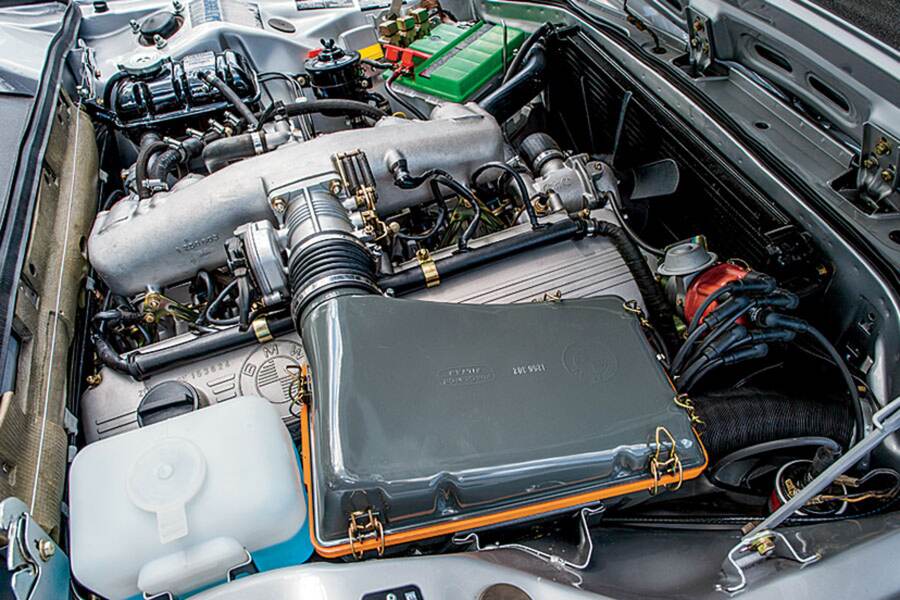
It’s still a weird-looking car, however, and no amount of restoration work can change that. It’s an eccentric choice, and it isn’t for everyone.
Maughan himself hasn’t driven it yet, but he has gone to visit his car in Illinois during the restoration process.
“Both times I came away impressed with the level of knowledge and quality of work. To be truthful, it’s been out of my life for such a long time I haven’t had a chance to bond with it yet. What truly excites me is the prospect of owning a rare and unusual car that has been (re)built to a standard that BMW AG themselves would be proud of today.”
He says he isn’t a “show or club” sort of person and plans to drive the car rather than display it, “as BMWs are intended.”
“It may indeed appear at a few shows, if it’s invited, but it certainly won’t (ever) be trailered to events and I won’t be investing in cotton buds [Q-tips]!” Maughan says.
Still, his interest in the car goes deeper than the desire for another daily driver.
“I just love the design and the engineering integrity. Even on today’s highways, the E3s are quick and fun to drive and there are so few left. E9s may have the glamour and competition histories, but it was the E3s and specifically the 3.0 Si that went on to become the forerunner to the M5. As for the estates, the conversion doesn’t (in my view) corrupt the original design, and I do believe that it could have been built by BMW at that time had they been more sure where it would fit in to the market.”
He’s probably right, though it took BMW another decade-plus to figure out how to build and market its own Touring versions. For an earlier example of a BMW estate, we’re limited to the ten or so cars built to customer order by Crayford and BMW’s London distributor. These resemble a pair of similarly converted cars used by BMW Motorsport as parts haulers back in the day…but with a particularly British twist.
“It speaks to a predilection the English have for this kind of vehicle,” says The Werk Shop’s Masi. “It seems to have been worth saving, insofar as it’s a Series II E3 with all the improvements that came in September 1972. That said, I felt it kind of odd and difficult to get used to. I’d have to live with it to really get it, and I love wagons.
“I think ultimately the execution of these conversions really hinged on economies of scale, putting pressure on everyone. As a result, they were received with a mixed reaction at best, but they speak to an interesting period, the last gasp of bespoke work. There’s been a bit of a renaissance in that, but the expectations are now much higher, and so is the product you start with. The uniqueness of this project lies in integrating the restoration of the Crayford work with the typical expectations of cars from BMW in 1974. How do we make it look more like a BMW?”
Quite frankly, I’m not sure that’s possible, at least when the rear end is in view. But the car is certainly unique, and its rarity ensures that the effort to restore it wasn’t wasted.



